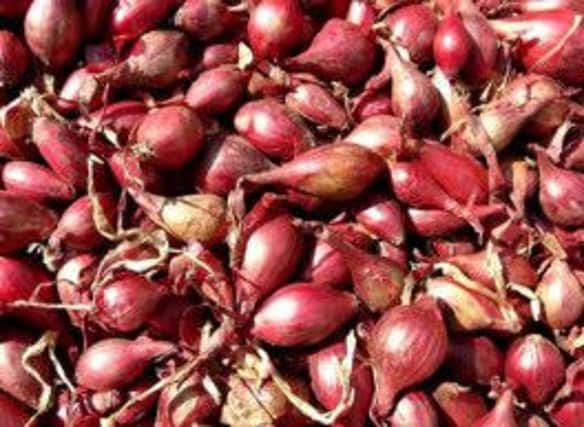That’s shallot


Onions are still quite popular with the home-grown brigade, but by ignoring the opportunity to grow their much smaller cousins, the shallots, many people are missing out on being able to have onions all year round from the garden.
Grow your own onion and store them properly and you could still be enjoying the harvest in June the following year – but it’s usually August before the new crop is ready for lifting. Which is where the tiny, but invaluable shallot comes in.
Advertisement
Hide AdAdvertisement
Hide AdThey may not be as flavoursome as onions, but they can add their own individual flavour to most dishes, and they are simplicity itself to grow. Just like onions, they are grown from sets. Buy a cluster of bulbs, pull them apart and you have the makings of a decent harvest. As with onions, ground preparation is vital – dig over the soil, adding lots of well-rotted manure or compost, and beef it up a bit more with a general fertiliser because shallots are hungry little beasts.
Plant each small bulb six inches apart into small holes. Don’t try to force the shallots into the soil because there’s a good chance you’ll damage the base of the plant.
Once the sets are in, cover them with soil so that just the tips of their tops re showing. Keep them well watered and weed the bed regularly. Shallots don’t grow big, but they what they lack in size they make up for in numbers, and the taste of a home-grown crop is well worth the effort.
Don’t try to plant shallots when the soil is cold and wet; in fact, most modern varieties will still produce a decent harvest from a March sowing, although traditionalists like to get them into the ground in February.
When the foliage starts to yellow and droop in summer, lift the bunches and separate them.